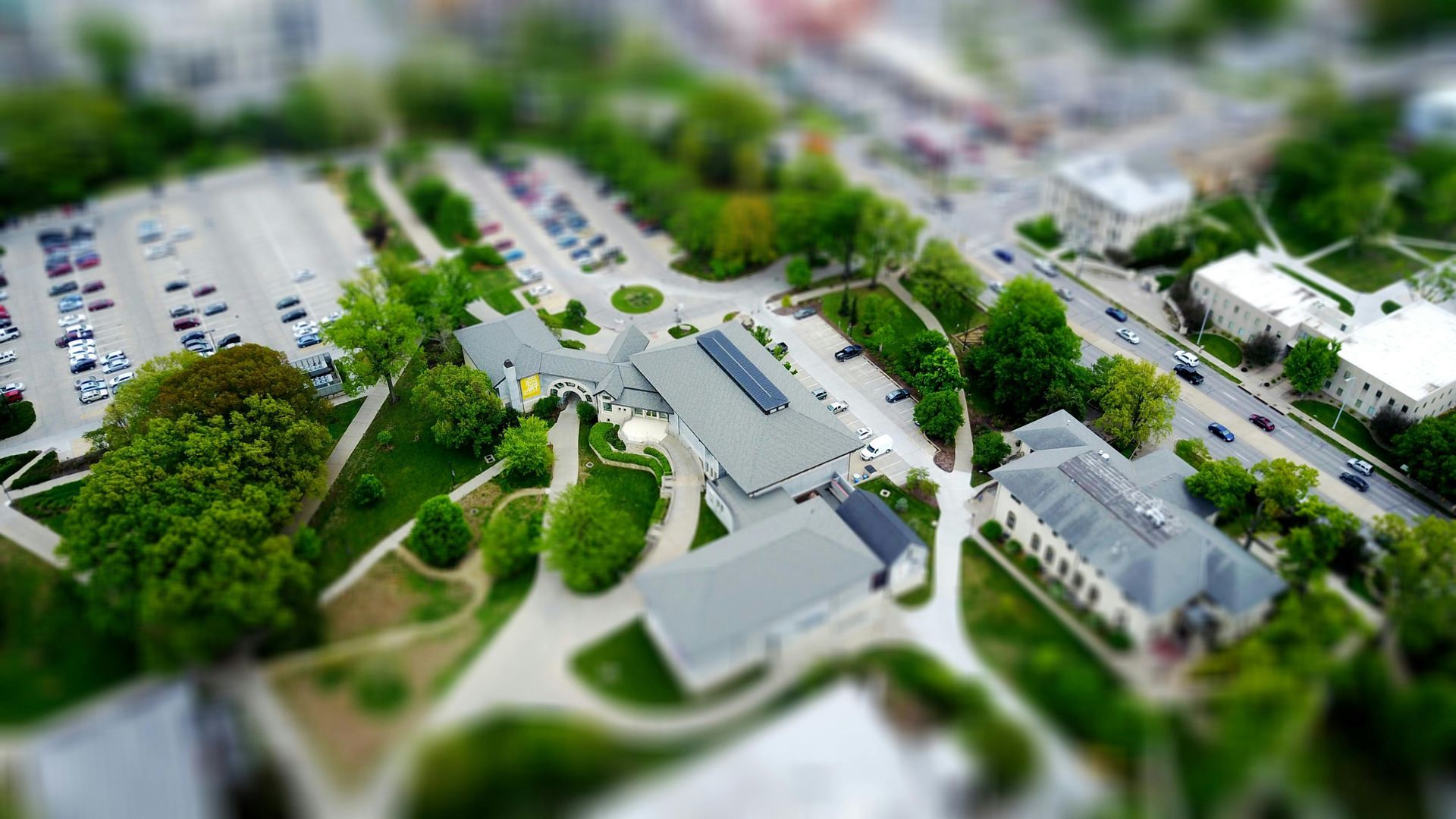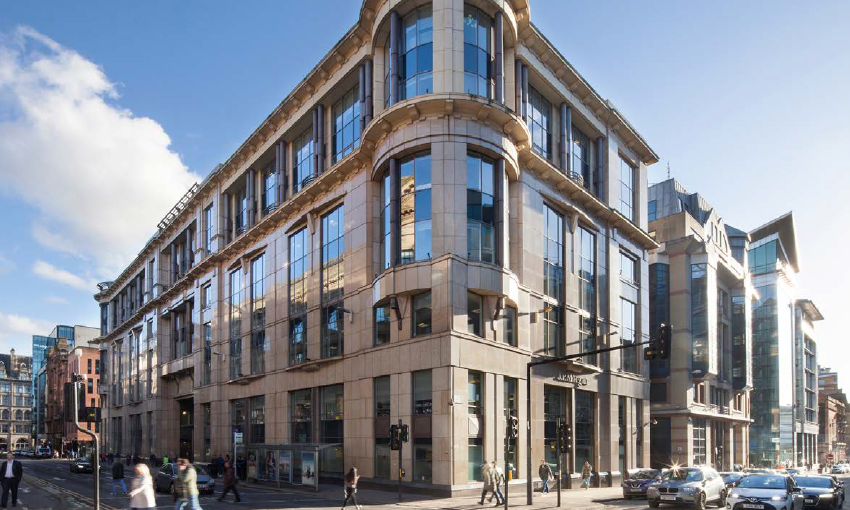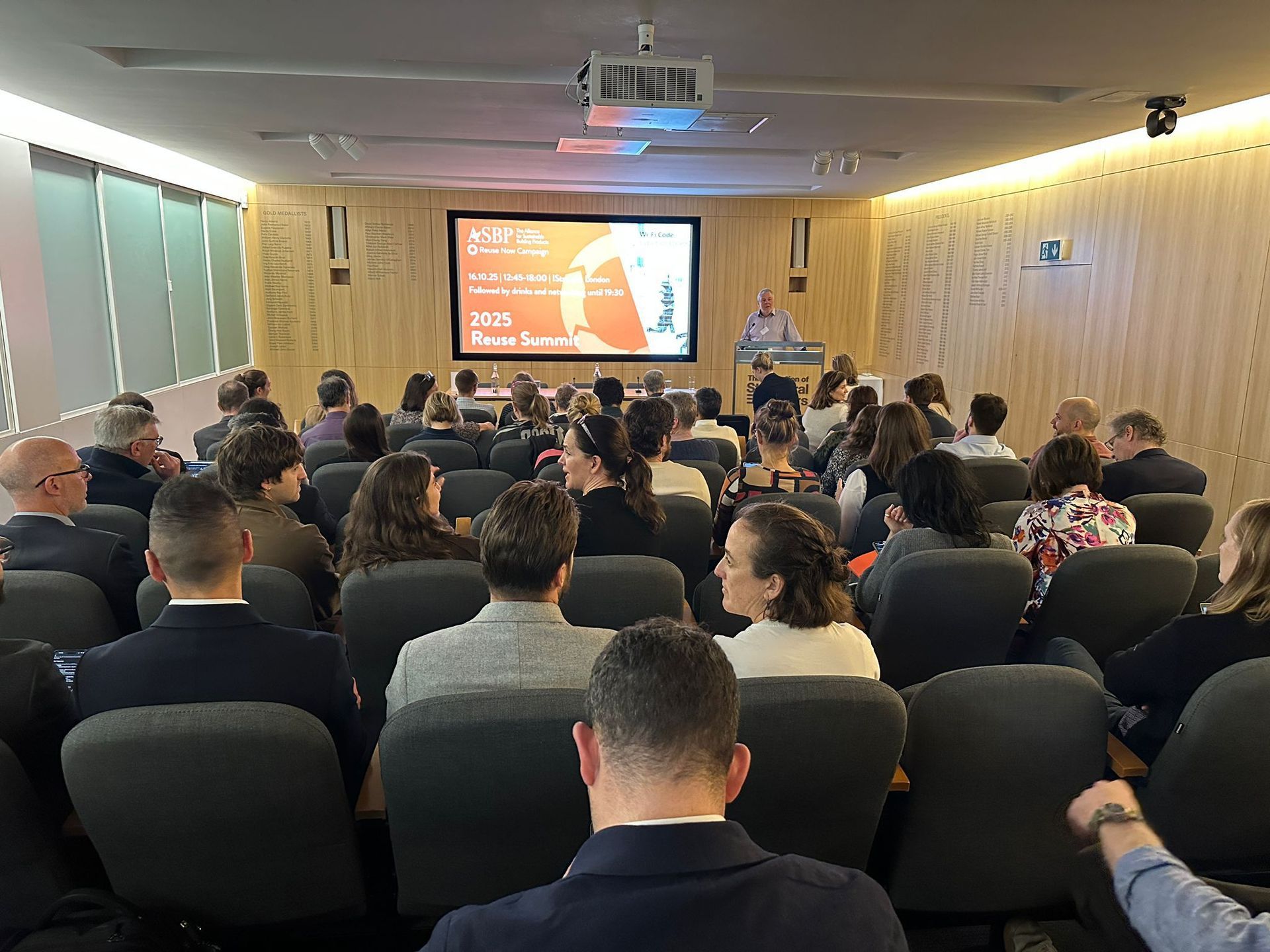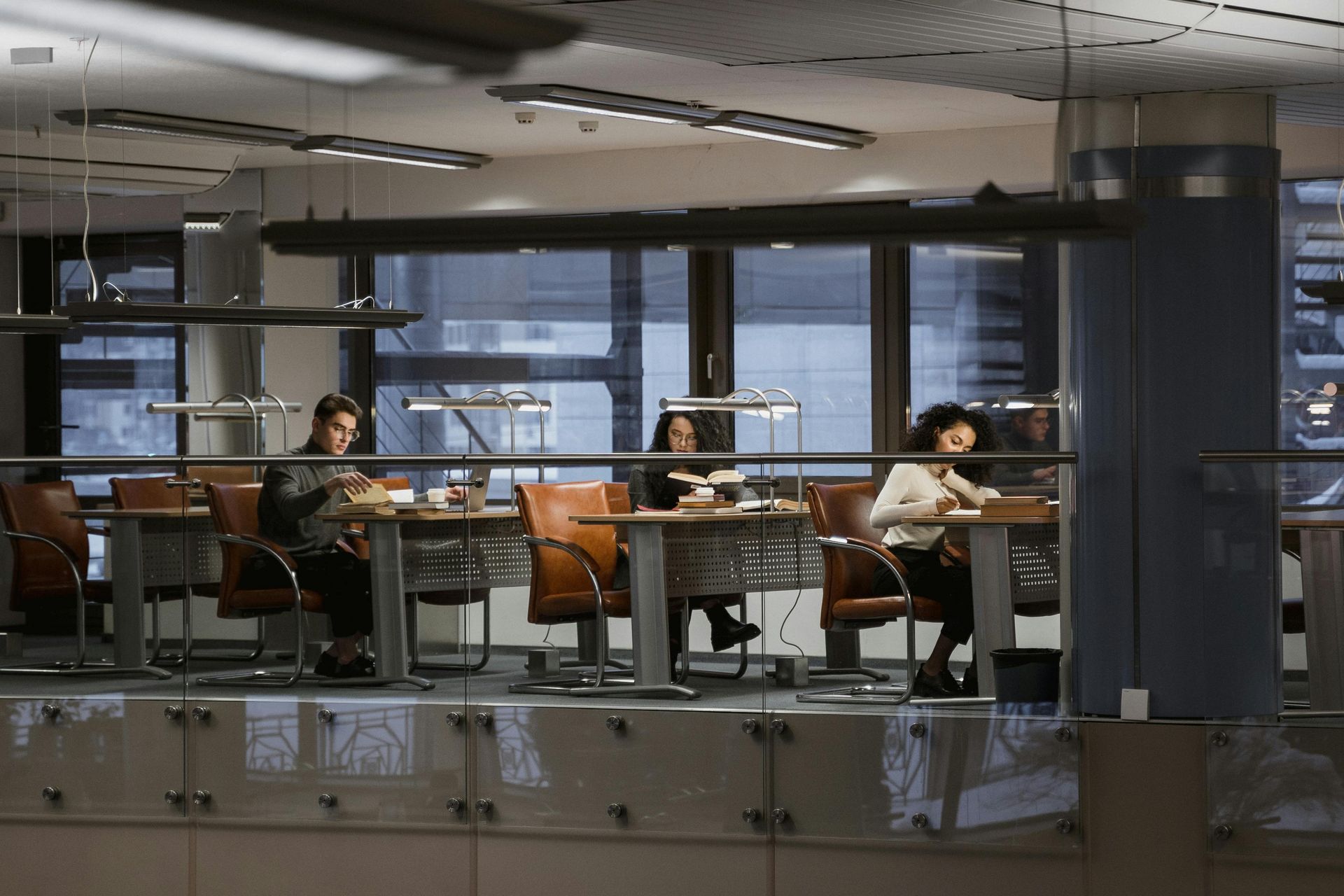BuildAudIt is funded under Innovate UK’s BridgeAI funding programme entitled ‘Collaborative AI Solutions to Improve Productivity in Key Sectors’ where UK registered organisations can apply for a share of up to £32 million for innovation projects that can improve productivity in key sectors through the use of Artificial Intelligence (AI).
BuildAudIt Aims to Create an Ambitious AI Platform to Aid Circular Economy in Buildings
An Innovate UK-funded research project is aiming to create an ambitious new platform to enhance circular economy in buildings. BuildAudIt is a one year collaborative programme that will develop a proof-of-concept platform for AI-enabled ‘digital twins’ of existing buildings – enhancing the circularity potential of the existing building stock by digitising them as ‘material inventories’.
Whilst many new buildings are constructed with a ‘digital twin’, these are not generally available for the vast majority of existing buildings, and their creation is time consuming and expensive. BuildAudIt will address this shortcoming by applying AI to datasets such as existing architectural plans and drawings, combining this with technologies including point cloud scanning and visual data capture, and emerging AI technologies such as image recognition.
In doing this, BuildAudIt aims to create a platform which has potential outputs that are much greater and more powerful than the sum of all these parts.
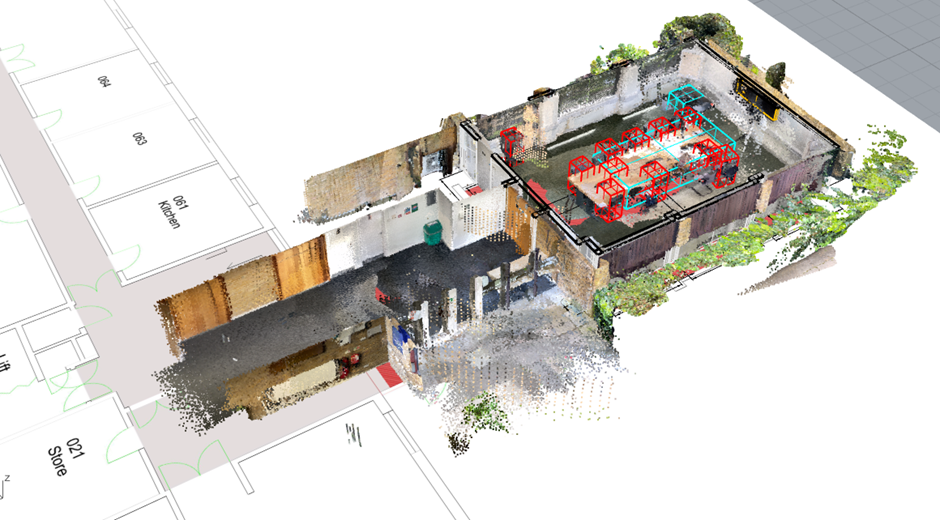
The BuildAudIt Platform is a proof of concept, combining scans of commercial buildings with existing building plans
The application of state-of-the-art AI will increase the efficacy of pre-demolition and pre-refurbishment audits which are used to drive circular outcomes for building materials, enabling surveys to be delivered cost-effectively and at-scale.
Together with Reusefully, the project team undertaking the research brings together UK SMEs developing digital and AI-based solutions with construction sector organisations. The team comprises:
- Unit9, who are project leads and responsible for the AI platform development,
- Enable My Team, who are focused on visual/sensor scanning and object recognition
- BRE, the UK building science organisation
- Imperial College, who are applying AI to automated reading of design drawings
While the project will be initially addressing the pre-demolition and pre-refurbishment audit use case, it has the potential to be adapted for use across all stages of the built environment lifecycle, and be applied to many different types of building survey including condition surveys, planned maintenance, sustainability, energy efficiency, fire risk & health and safety. The aim of the project team is to make the tool widely available by licensing it for use by building surveyors and auditors for buildings across the UK and beyond. The importance of surveys and auditing of existing building stock in the UK is growing at an increasing pace with the Building Safety Act 2022, adding to demand in what is already a very large emerging market.
